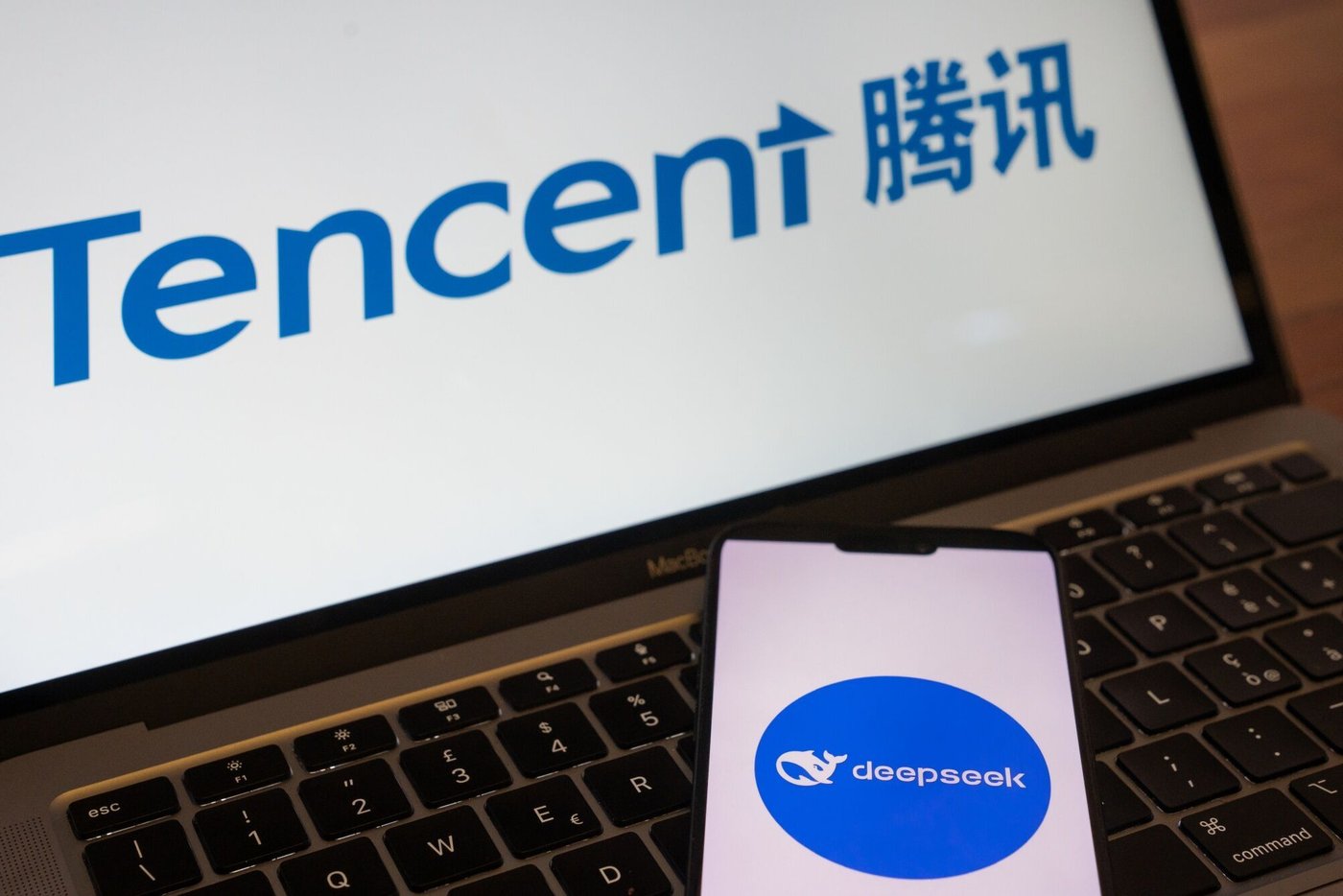Web3 Adoption: A Journey of Innovation
As the world transitions to Web3, a new era of innovation is unfolding. While some believe that mainstream enterprises will be the primary drivers of this growth, others argue that startups hold the key to unlocking the true potential of Web3.
The Role of Enterprises in Web3 Adoption
Gagan Mac, head of product and senior director of web3 services at Circle, recently shared his insights on a panel at the Avalanche House event in Seoul, South Korea. According to Mac, the signals indicate that enterprises are leading the innovation charge in Web3.
As examples, Mac pointed to Nike and Starbucks, which have launched their own NFT-linked services: a marketplace and a loyalty program, respectively. Despite the current downturn in NFT values, Mac noted that those who participated in the Odyssey program with Starbucks saw significant growth in the value of their NFTs.
The Startups’ Edge
Dan Sun, startup success manager for web3 APAC lead at Google Cloud, shared his perspective on the market’s nascent stage. "We’ve been seeing what value we could bring to the new emerging markets and what kind of positioning we should be taking," he said. "So we’re still discussing, we’re still learning, and we’re still seeing which values we can provide."
Lihan Lee, co-CEO and founder of web3 data intelligence platform Xangle, believes that both parties have opportunities to bring on new innovations. However, Sun noted that the startups’ ability to think more radically and capture opportunities quickly will be key.
Lowering the Barrier to Entry
One possible approach to increasing Web3 adoption is to simplify its terminology. As Mac mentioned, big brand companies are already using terms like "digital" or "virtual" instead of calling it web3 or the metaverse. This could help lower the barrier to entry for new users and make the technology more accessible.
The Real Drivers of Web3 Tech
While enterprises may bring incremental value with their existing customer base, startups have more freedom to experiment and push the boundaries of what is possible. As Johann Eid, chief business officer at Chainlink, noted, "We have evidence to suggest that the value is coming from enterprises. However, I believe the startups are going to be disruptive."
Eid believes that a breakthrough moment will occur when web2 companies, banks, gaming platforms, and other established players start adopting Web3 technologies. This adoption will bring with it the much-needed liquidity and adoption that the industry requires.
Web3 Startups: The Next Big Thing?
When considering who drove growth during the dot-com boom and the rise of social media sites, it was often young startups that boomed into something bigger. Lee echoed this sentiment, saying "I would rather bet on the startup side because startups tend to think more radically and they tend to capture opportunities very quickly."
Despite the challenges faced by the crypto industry in 2022, including the Terra/Luna collapse and FTX’s downfall, Eid remains optimistic. He views these events as mere setbacks and notes that enterprise adoption has actually accelerated.
The Future of Web3 Adoption
While there are still many rough patches to navigate, Eid believes that the light at the end of the tunnel is getting brighter. Web3 startups have been experimenting for years and have shown unique use cases with fully programmable money, money markets, and derivatives running on chain.
In conclusion, while mainstream enterprises may play a significant role in driving Web3 adoption, it’s clear that startups hold the key to unlocking its true potential. As the industry continues to evolve, it will be exciting to see how these innovative companies shape the future of Web3.
Additional Resources



